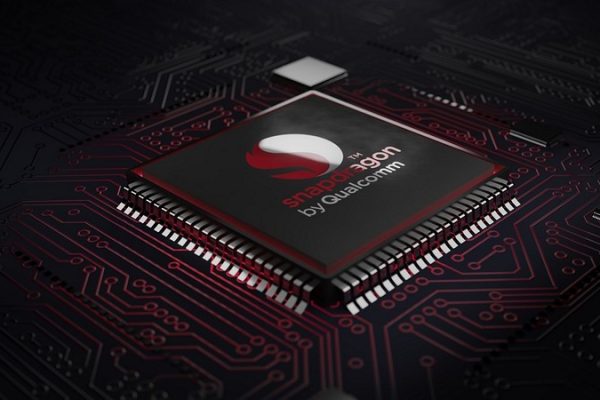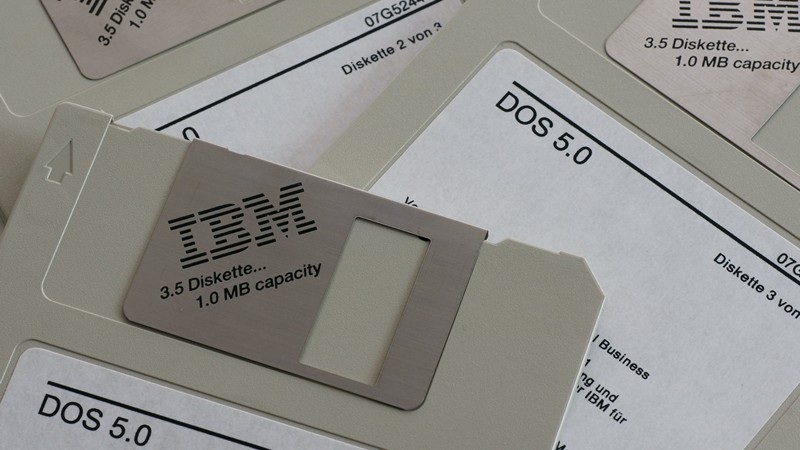
Microsoft’s recent release of the MS-DOS 4.0 source code in collaboration with IBM has sparked nostalgia among tech enthusiasts, offering a glimpse into the evolution of computing history. This move follows previous open-sourcing of versions 1.25 and 2.0, shedding light on the development of the operating system. With features like support for the New Executable file format and pre-emptive multitasking, MS-DOS 4.0 represented a significant milestone despite some limitations. As we delve into this digital archaeology, we are left wondering: How might exploring the MS-DOS 4.0 source code influence our understanding of early computing technologies, what impact could this release have on retro computing enthusiasts and developers, and what potential insights into modern operating systems could be gained from studying this historical codebase?
Top Stories This Week
- Microsoft Releases MS-Dos 4.0 Source Code: A Nostalgic Journey into Computing History
- Micron Says Us Chips Money Will Underpin US$50 Billion Spend
- Apple Reportedly Developing Its Own AI Servers — Could It Be Gearing Up to Take on Nvidia and AMD?
- Intel’s Struggles Continue as Rivals Surge: Can the Chip Giant Stage a Comeback?
- Samsung Electronics Unveils 9th-Generation V-NAND with Industry-Leading Innovations
- Revolutionizing Electronics: 3D Integration of 2D Electronics
- TSMC Races For Chip Supremacy With New A16 Process For Ai-Ready Future
- Scientist In Korea Are Making Fast P-Channel Amorphous Thin-Film Transistors
- Researchers’ Team Develops New Revolutionary High-Energy-Density Capacitors
- Arm China’s Ex-CEO Sets Up RISC-V Company Amid Industry Shake-Up
Hardware Business News
Micron Says Us Chips Money Will Underpin US$50 Billion Spend
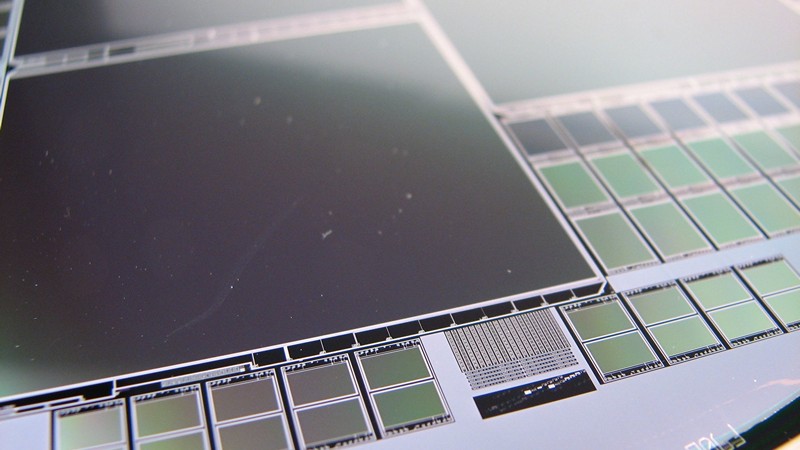
Micron’s announcement of a whopping US$50 billion spending plan in Idaho and New York, supported by US government funding, marks a significant move in the semiconductor industry. The investment is set to create thousands of jobs and boost technological leadership in the US. With Micron’s ambitious projects underway, how will the semiconductor landscape in the US evolve in the next decade, what impact will this massive investment have on the global semiconductor market, and how might Micron’s advancements influence innovation in memory chip technology worldwide?
Apple Reportedly Developing Its Own AI Servers — Could It Be Gearing Up to Take on Nvidia and AMD?

Apple’s potential development of its own AI server processor in collaboration with TSMC has sparked curiosity and speculation in the tech world. With the rise of AI-driven technologies, Apple’s move towards self-sufficiency in cloud computing processes seems strategic. As generative AI tools become more prevalent, the control over processing methods becomes crucial. While Apple’s intentions in the AI domain remain somewhat mysterious, the possibility of a groundbreaking announcement at WWDC raises anticipation. How might Apple’s foray into AI impact the industry landscape dominated by Nvidia and AMD, what innovative applications could arise from Apple’s AI processor, and how will this move influence the future of cloud computing and data processing?
Intel’s Struggles Continue as Rivals Surge: Can the Chip Giant Stage a Comeback?
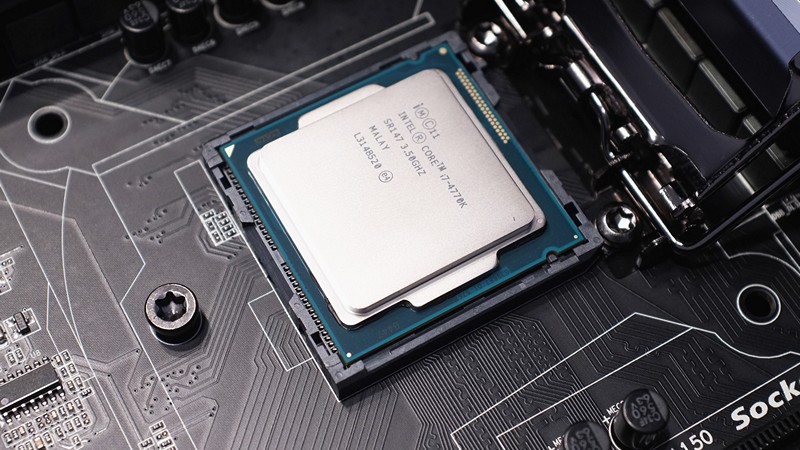
Intel, once the dominant force in the U.S. chip industry, has faced a challenging journey in recent years, marked by disappointing earnings and a significant drop in stock value. With CEO Pat Gelsinger striving to steer the company back on track by 2026, Intel’s struggles highlight the fierce competition and rapid advancements in the semiconductor landscape. As Intel grapples with regaining its competitive edge against rivals like Nvidia and AMD, the company’s historical missteps, including missing out on pivotal opportunities like powering the iPhone, underscore the complexities of the tech industry. How will Intel’s ambitious business model change impact its position in the semiconductor market, what strategies is the company employing to regain “process leadership,” and in what ways might Intel’s historical setbacks continue to influence its future trajectory and industry standing?
Hardware Engineering News
Samsung Electronics Unveils 9th-Generation V-NAND with Industry-Leading Innovations
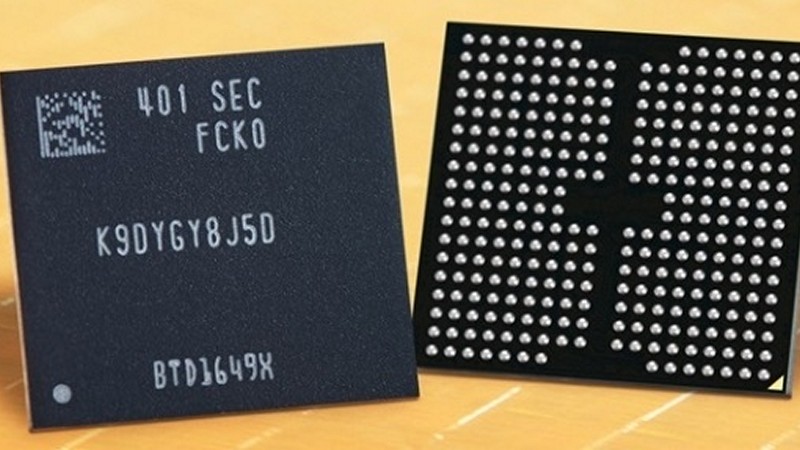
Samsung Electronics has unveiled its latest innovation in the memory chip industry with the introduction of the 9th-generation V-NAND, featuring 286-layer NAND flash memory chips. This advancement promises a 50% increase in bit density compared to the previous generation, setting a new standard in product quality, reliability, and data input/output speeds. With plans to solidify its position in the high-performance SSD market, Samsung’s new V-NAND technology incorporates cutting-edge features like cell interference avoidance and Toggle 5.1 interface. As Samsung gears up for mass production of these chips, the industry eagerly awaits the impact of this technological leap. How will the enhanced bit density of the 9th-gen V-NAND chips influence the performance and capacity of future SSDs, what role do features like cell interference avoidance play in improving product quality and reliability, and how might the adoption of Toggle 5.1 interface and PCIe 5.0 support shape the landscape of high-performance memory solutions in the coming years?
Revolutionizing Electronics: 3D Integration of 2D Electronics
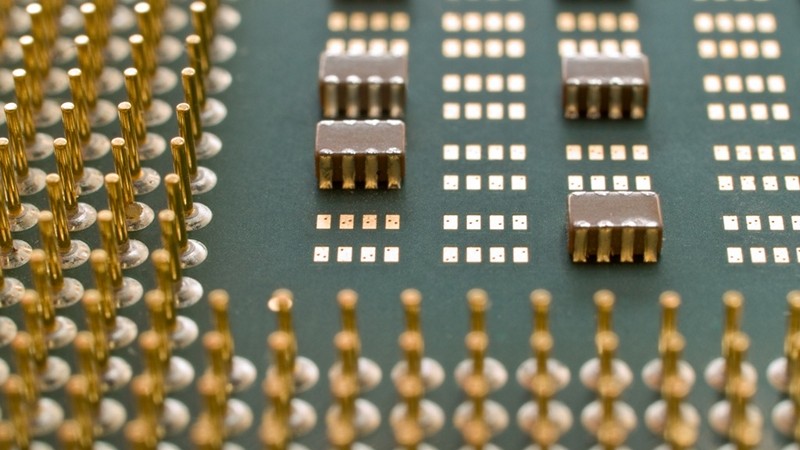
The integration of 3D electronics with 2D materials presents a promising avenue for the future of sustainable and energy-efficient computing systems. As the industry explores the potential of stacking transistors into the third dimension, the challenges and opportunities in this field become increasingly significant. From overcoming hurdles in 2D electronics’ commercial adoption to addressing new complexities in vertical integration, the journey towards multifunctional chips combining logic, memory, and sensing is both exciting and demanding. How can the maturity of 2D electronics in the planar dimension be ensured for successful 3D integration, what strategies are essential to tackle the new difficulties in the vertical direction, and in what ways can multifunctional chips with 2D electronics revolutionize semiconductor chip manufacturing and address integration challenges effectively?
TSMC Races For Chip Supremacy With New A16 Process For Ai-Ready Future
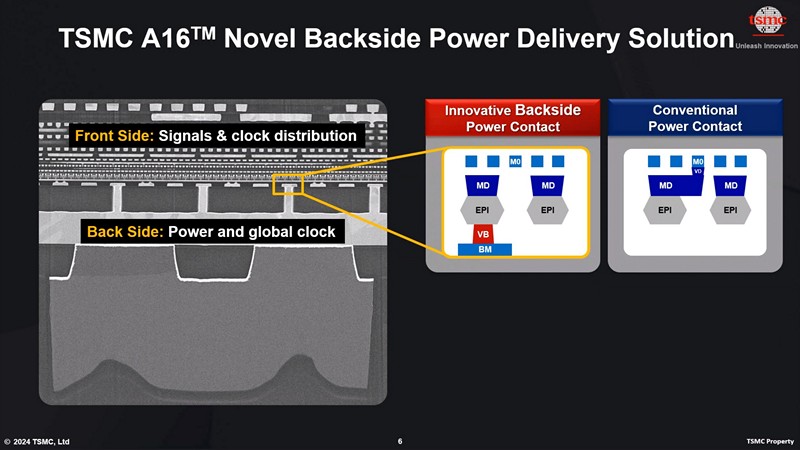
Taiwan Semiconductor Manufacturing Company (TSMC) has recently introduced the groundbreaking A16 technology, propelling the race for chip supremacy with its promise of producing 1.6-nanometer chips by 2026. This innovative approach, featuring nanosheet transistors and a unique backside power delivery system, showcases TSMC’s commitment to driving forward the next generation of artificial intelligence advancements. As TSMC competes with industry giants like Nvidia, Intel, and Samsung, the spotlight is now on the future of chip manufacturing. How will the A16 technology impact the landscape of AI advancements and chip production, what advantages does the backside power delivery system offer over traditional chip designs, and how might this technological leap influence the competitive dynamics within the chipmaking industry?
Hardware R&D News
Scientist In Korea Are Making Fast P-Channel Amorphous Thin-Film Transistors
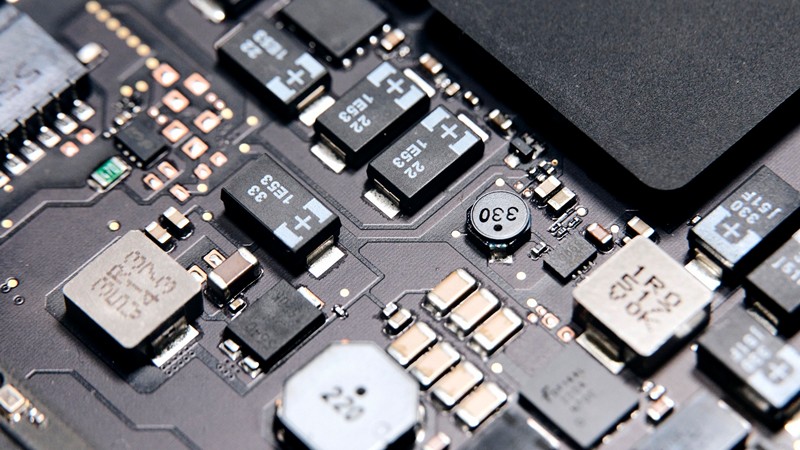
Researchers at Pohang University of Science and Technology in Korea have made significant strides in the development of fast p-channel amorphous thin-film transistors through the use of selenium-alloyed tellurium oxide. This breakthrough opens up new possibilities for the advancement of p-type oxide materials, which have traditionally lagged behind their n-type counterparts. The transistors exhibit impressive performance metrics comparable to conventional n-type oxide semiconductors, making them ideal for a range of applications in display technologies and semiconductor devices. How does the addition of selenium enhance the performance of tellurium oxide in the transistors, what specific advantages do these transistors offer over existing technologies in terms of stability and performance, and how might this development impact the future of CMOS and DRAM research and development?
Researchers’ Team Develops New Revolutionary High-Energy-Density Capacitors
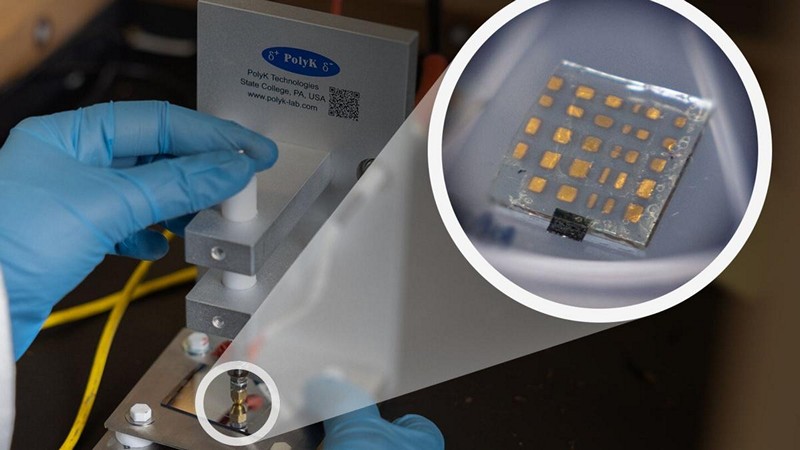
In a groundbreaking collaboration led by the University of Houston, a team of researchers has developed a highly flexible capacitor with unmatched energy density, poised to revolutionize energy storage across various sectors. By strategically infusing oriented 2D nanofillers into layered polymers, this innovation boasts a groundbreaking energy density of around 75 J/cm³, the highest reported for a polymeric dielectric capacitor. How will the novel design of capacitors using oriented 2D nanofillers impact energy storage in sectors like medicine, aviation, and electric vehicles, what role do permittivity and dielectric breakdown strength play in enhancing a capacitor’s energy storage, and what future applications can we expect for these high-energy-density capacitors across different industries?
Open-Source Hardware News
Arm China’s Ex-CEO Sets Up RISC-V Company Amid Industry Shake-Up
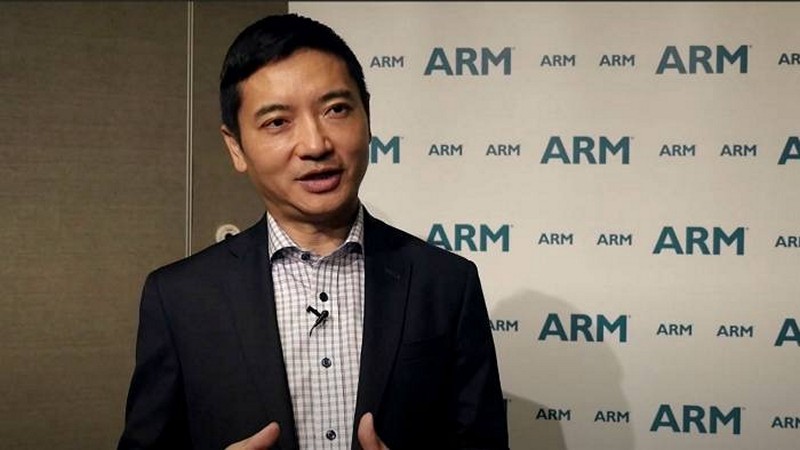
Allen Wu, the former CEO of Arm China, has founded a RISC-V company named Zhongzhi Chip, collaborating with Tenstorrent and other prominent RISC-V chip companies. With considerable financial backing and active recruitment of RISC-V experienced staff, Zhongzhi Chip poses an intriguing development in the semiconductor industry. How will this new venture impact Arm China and the global semiconductor market, what innovative strategies might Zhongzhi Chip employ to compete with established players, and how could this move influence the future landscape of chip design and manufacturing?


